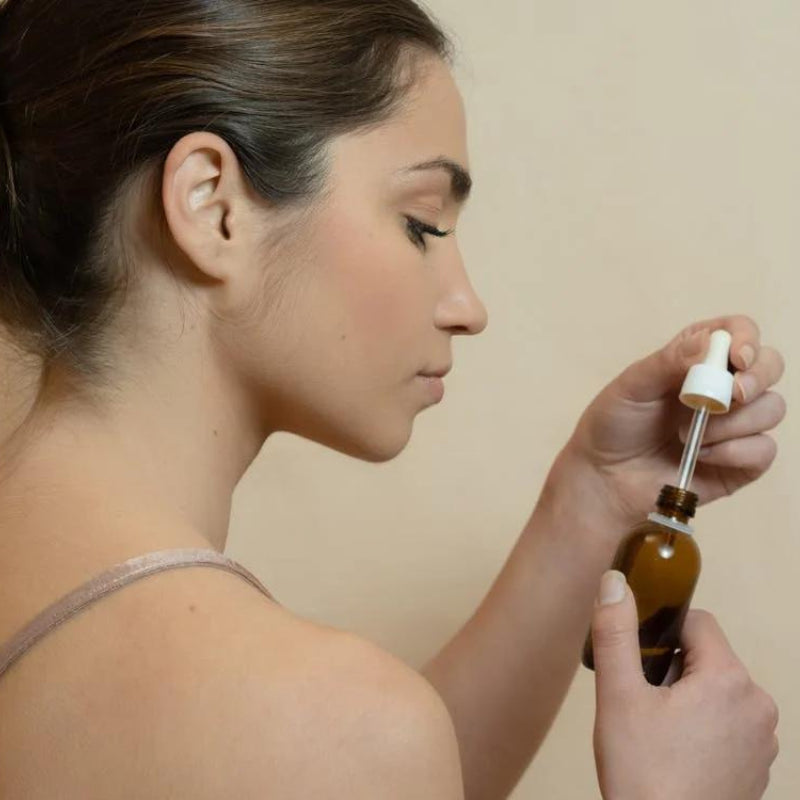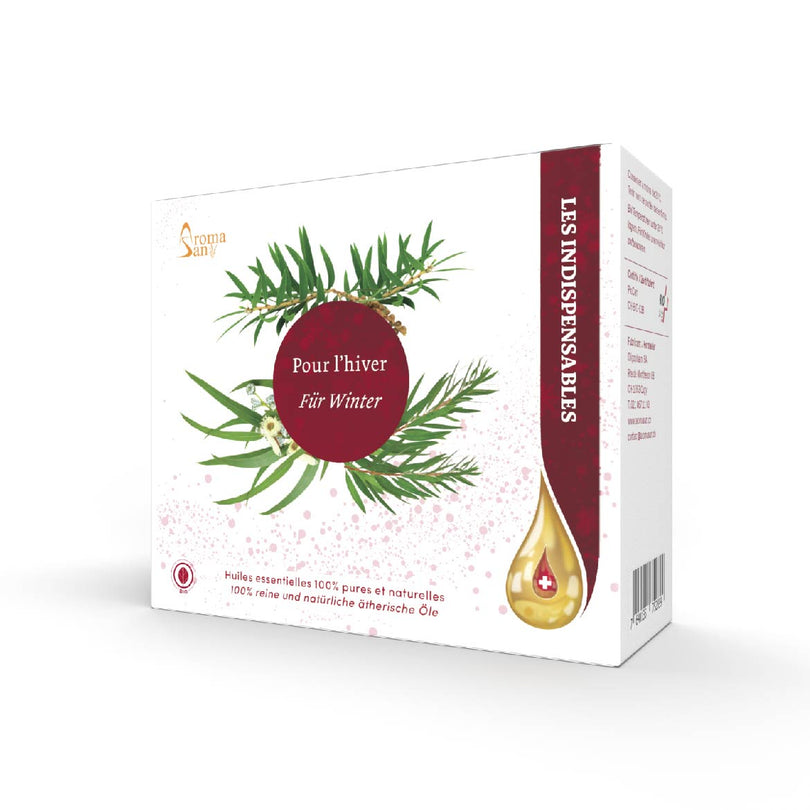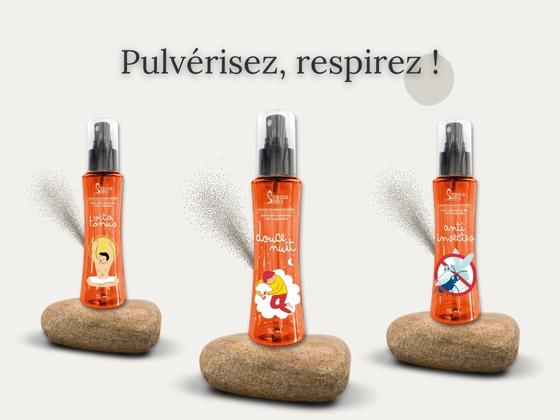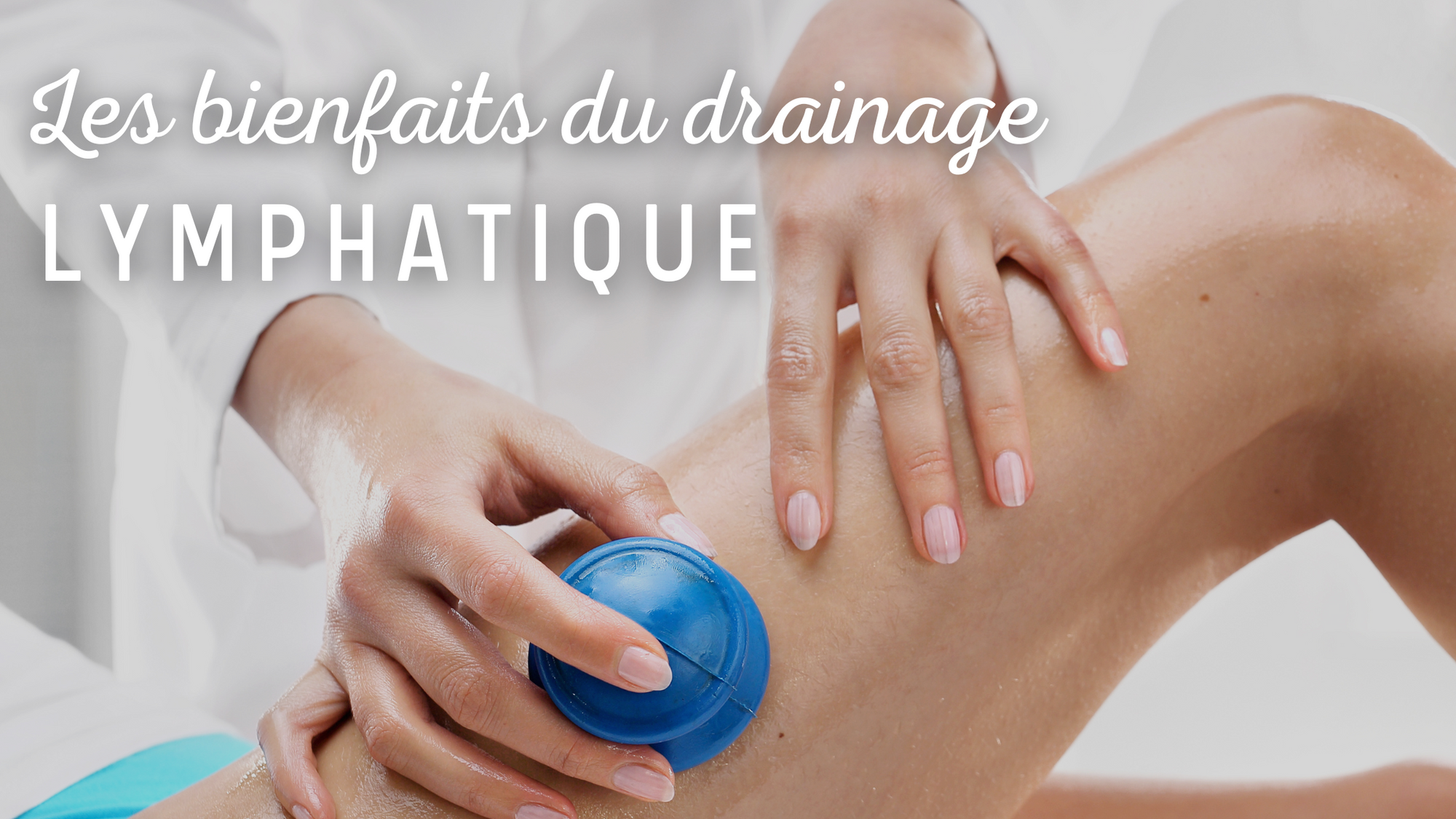What is a callus?
The callus is a thickening of the skin of the foot at pressure points . The toes and the arch of the foot often have these pads which are a little thick, painless and hardened by a yellowish horn, more or less friable.
What is a horn?
Corns are small, thickened areas of the skin on the feet . They include two parts:
- a rounded, horny, dense and translucent core , visible under the skin of the foot;
- an inverted cone-shaped tip, which penetrates deep skin layers .
The corn often develops on a deformed foot ( hallux valgus hammer toes, etc.), unbalanced, which presses excessively on one side. Its most common locations are the top of the little toe and the outer edge of the foot. Angular forefeet encourage the formation of corns.
The pain appears quite quickly and makes walking in shoes difficult.
Corns and calluses: the causes of their appearance
Corns and calluses are linked to:
- Repeated friction in shoes ;
- Excessive compression of the skin against the protrusion of a bone in the foot while walking.
Therefore, to avoid corns and calluses, it is advisable to wear shoes adapted to the shape and size of your feet.
Corns and calluses: when to consult?
Most of the time, corns and calluses are completely benign . Their main disadvantage can be pain and difficulty walking in shoes. By adopting good hygiene and taking care of your feet, they should disappear.
However, consult your doctor or a specialist in the event of:
- Diabetes or arteritis of the lower limbs ;
- Skin disease on the feet ;
- Calluses or corns that persist despite your care;
- From superinfection , the corn or callus becomes red and very painful.
How to prevent corns and calluses?
Simple actions can help prevent the appearance of corns and calluses, namely:
- Wearing comfortable shoes : they must be adapted to the shape of your feet and the right size. Choose wide shoes without internal seams. The sole must cushion the pressure on the sole of the foot well.
- Foot hygiene : wash your feet every day and dry them well, remembering the space between the toes. If you have dry skin, apply a moisturizer.
- A foot examination by a doctor is recommended for patients over 75 and people with diabetes : once a year, or more depending on the case.
As soon as corns or calluses appear, adopt the right reflexes. Some tips make it easy to treat your feet:
- Gently file or sand the skin layer : to make the operation easier, do not hesitate to take a foot bath and moisturize your feet beforehand;
- Apply locally a medicine called “keratolytics” or “coricides” (ask your doctor for advice). After application, protect the corn or callus with a bandage.
Be careful, you should definitely not try to cut the corn with a blade, or injure it by attacking it with a nail: it will grow back.
Treatments for corns and calluses
In the event of pain or persistent corns and calluses, several treatments are possible:
- Ablation: it aims to reduce the size of the corn using a sharp instrument and/or a rotating instrument. This treatment is carried out by a specialist, the chiropodist-podiatrist. Several sessions are sometimes necessary;
- Wearing orthopedic insoles : they reduce the pressure exerted on the foot;
- Wearing orthoplasty (toe orthoses): they protect a toe in conflict with the neighboring toe;
- Disinfectant care and nursing care : in the event of secondary infection.
Source: www.doctissimo.fr







